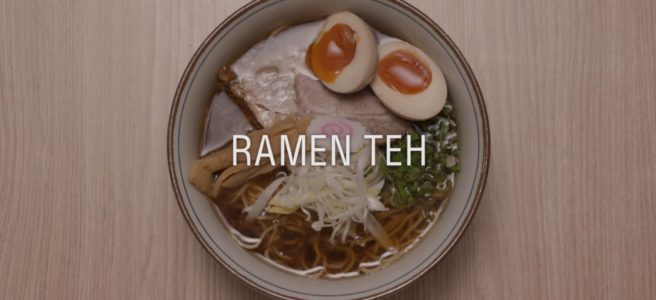If you ever crave a bowl of pork rib soup in one of those tiny charming places on a hidden corner of Singapore, take a walk by this delicious film together with Masato. The ride will bring you from his small ramen shop in Takasaki, Japan, to the restaurant of his maternal uncle, Ah Wee, who cooks one of the most renowned bak kut teh in the Lion City.
But, what is bak kut teh and why does Masato leave his family ramen restaurant for a hot bowl of this soup? Can’t a young ramen cook make his own pork broth?
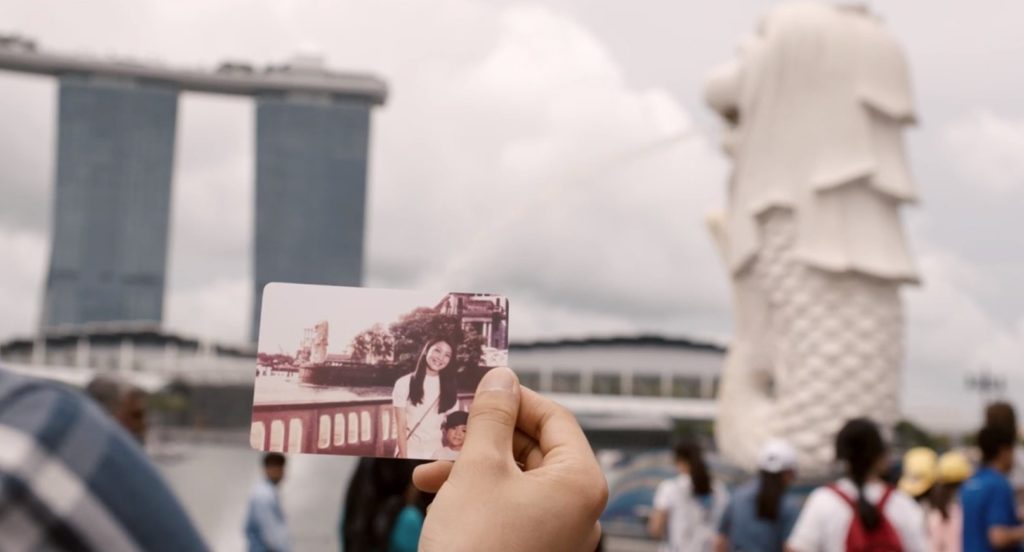
Shortly after losing his father, the chef finds himself diving in his Singapore childhood distant memories, where he spent his first 10 years of life together with his parents and his maternal family. Masato remembers vaguely his uncle Ah Wee and his restaurant, but in particular, proves a deep melancholy about the soups he and his mother used to cook for him. Those dishes are the reason Masato decides to leave everything behind and go in search of his roots.
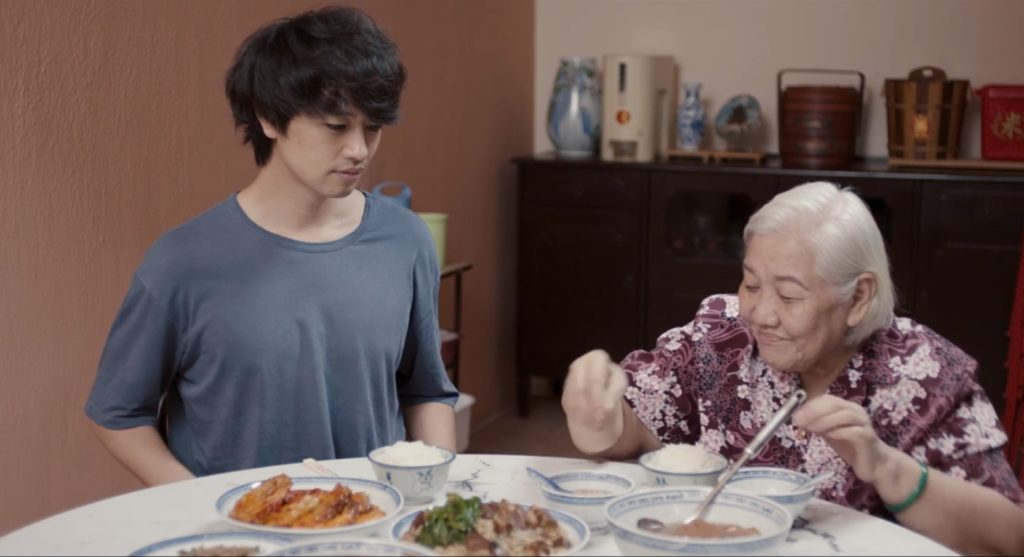
With the help of Masato’s mother diary and Miki, a Japanese foodie blogger SG based, the young chef will wander its hot and humid streets in search of the perfect family recipe. In the film, we do not only make a culinary and historical journey through the recent episodes of the history of Singapore, but also through those of Asia, and eventually, of Masato’s own family. After reuniting with his uncle and learning about his family’s past, the cook will formulate the family recipe for success based on his ancestor’s recipes for ramen and, of course, bak kut teh. The result is a story that anyone with an interest in their roots and traditional family food would like to star in.
Bak kut teh, pork rib soup
View this post on Instagram
Bak kut teh (肉骨茶), like Masato and his family, is considered a fusion of the best of two cultures, Hoklo and Teochew. In fact, there is some controversy about the origin of this dish, whether it was invented by one or the other or if it is Malaysian or Singaporean. There are numerous allusions to this in the movie. Firstly, as there is no agreement on whether it is a Hoklo or Teochew meal, the film cuts to the heart of the matter by warning that Masato’s maternal family has blood from both sides.
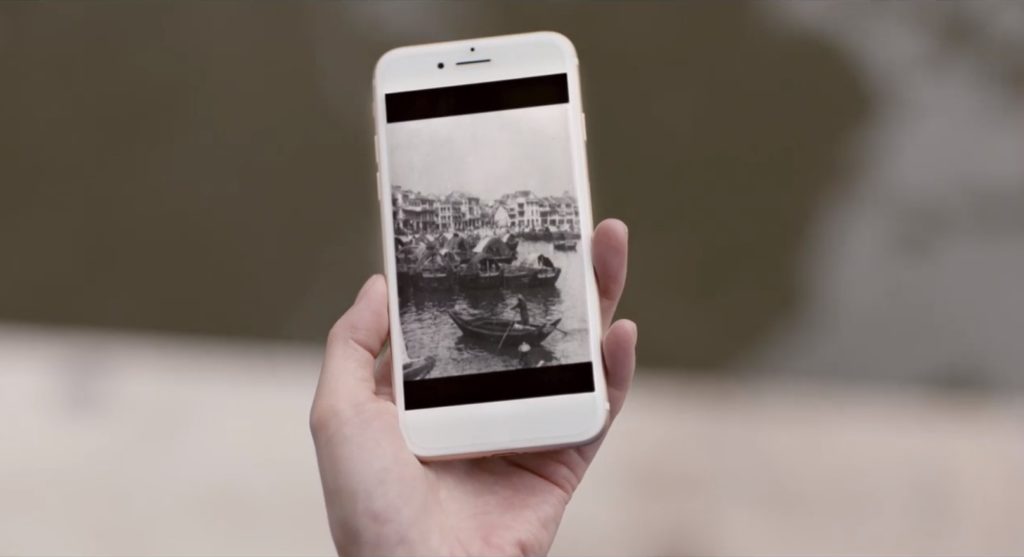
About the origin of the recipe, in the scene where Masato and Miki enjoy an afternoon talk on the shore of Singapore River, the blogger explains bak kut teh was an invention of the harbor coolies who boiled pork bones with Chinese medicinal herbs. Someone may think this is the reason why it has the word teh (tea) in its name, but that is not the case. Apparently, it used to be a meal enjoyed as a group. Drinking tea is also an activity that involves meeting and chatting with colleagues and friends, so tea came as a perfect match for this meal.
How to cook it?! The chef Adam Liaw has the solution
Despite the fact we don’t know Masato’s family recipe, here’s a perfect substitute for you to enjoy a delicious bak kut teh at home: Adam Liaw’s recipe . We personally love his recipe because it includes the translation into Chinese of the medicinal herbs that you will need. Just go straight to your trust fund Asian store and ask the clerk!
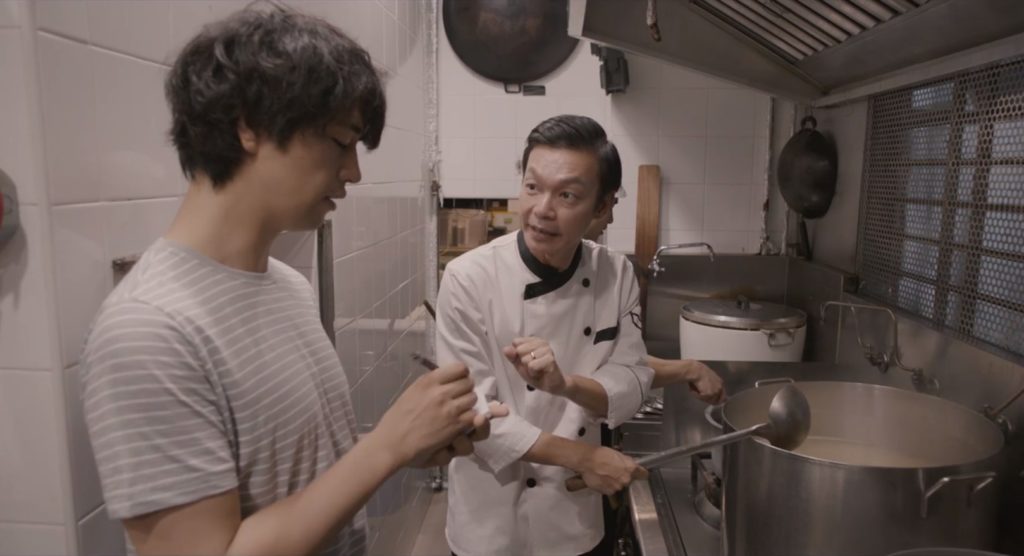
Some extra tips: it is possible to find a mixture with the herbs that you may need ready to throw into the broth, but chef Liaw’s suggests to buy them fresh and boil those in a cheesecloth, which allows you to retire all the herbs once the soup is ready. And if the broth is too biter, which will be probably the case, do not abuse with sugar and use vinegar instead!
And, of course, do not forget to accompany the dish with your favorite tea!
请享用! Have a nice meal!

